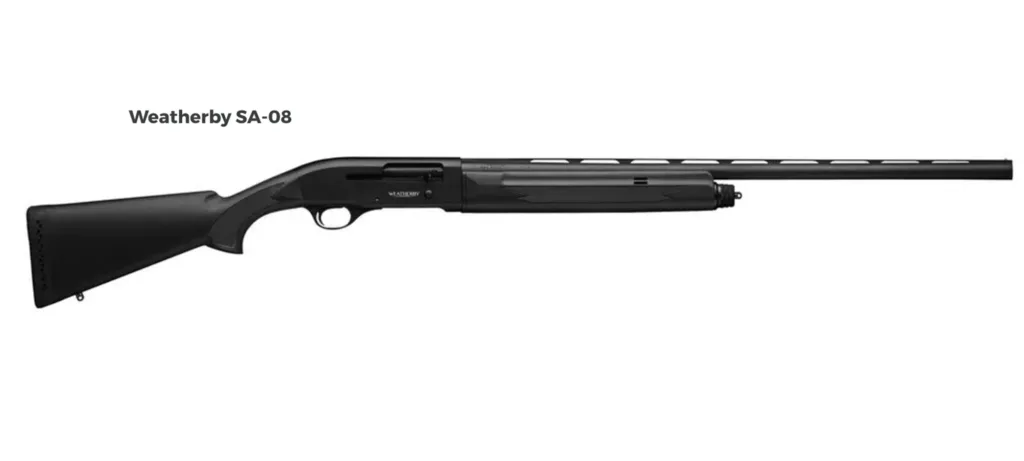I know this question has been addressed, but refresh me, please. Which semi-auto shotgun is the lightest recoiling? There are new models, systems, and ideas out there? I am thinking of 20 gauge for Iowa doves this fall. Or maybe a O/U? Thanks, Loel.
Let me answer the second question first. Yes, you can shoot doves with an O/U. I’ve done it. But why? Much as I love break action-guns for targets and upland birds, in the dove field they are always broken open at the wrong time, usually when a dove comes floating by right after you’ve thrown two shells futilely at a distant crosser
. On the plus side, when you empty your O/U at a dove, you can only waste two shells, not three. On the whole, though, I believe in repeaters for dove hunting.
On to question one: Recoil is a function of three things only: payload weight, payload velocity, and gun weight. Gauge is not a factor. Therefore the heavier the gun, the lighter the load, the lower the recoil. That is why, say, a six-pound, 20 Mossberg youth pump recoils significantly more with 7/8 ounce loads than an 8 ½ pound 12 gauge BT-99 with 7/8 ounce reloads of the same velocity. I have taken those tiny Mossbergs away from kids who were getting kicked on the trap field, seen them hold my 12 with apprehension, then watched their eyes light up as they realize it doesn’t hurt at all to shoot.
Felt recoil, or kick, is a subjective measure. Gun fit, balance, recoil pads, barrel dimensions, and a gun’s action all factor in. Gas guns don’t recoil any less than other guns of equal weight, but they kick less. When you shoot a gas gun, some of the recoil energy is stored in the gun’s moving parts (action bar, bolt, etc) then released milleseconds after the peak recoil pulse. The result is that instead of one kick you feel three lesser kicks, all blending together into a shove. The heavier the load, the more recoil reduction you feel with a gas gun, in my opinion.

You don’t have to drop big bucks to get in on the opening-day fun
Related Content: Four Great Budget Dove Guns
Yes, there are new models and ideas out there, but I still think the last word in recoil reduction belongs to the 53-year-old Remington 1100. It may have something to do with its gas system parts being heavy and slow-moving, I don’t know. Also, 1100s weigh a ton, which helps reduce recoil, too. The Browning Gold might be next. The Winchester Super X2 and X3 have the same action, and for what it’s worth, the world dove shooting record of 15,000 some in a day was set by a shooter with three 20 gauge X3s, firing over 16,000 rounds from sunup to past sunset, so you have to figure there is significant recoil reduction going on with the X3.
Beretta’s A400 comes in a very light 20 gauge with its Kick-Off recoil-reducing stock, and while I haven’t had a chance to shoot those in 20, I have shot the 12 gauge A400 with Kick-Off and believe it works very well. My own 20 gauge dove semiauto is a Beretta 390, which may bite a little harder than an 1100, but is very pleasant to shoot in the field.
Stay away from very light guns (six pounds or under) and almost any 20 gauge gas gun will be light-enough kicking, assuming you don’t need to go through 16,000 shells to shoot your Iowa limit of 15 birds.


